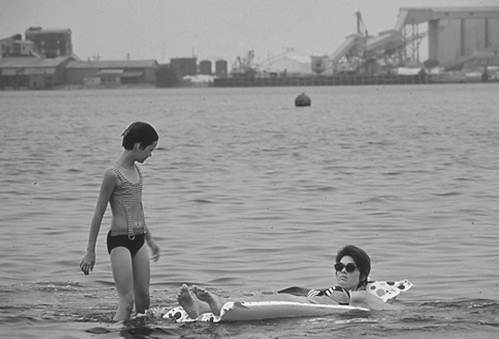 by Ian Curwen
by Ian Curwen
In the last week, much has been written about #localgov use of social media. Some people say we’re focussing too much of our time or resources on it, whereas others think we’re behind the curve.
In this blog post, I look at how Copeland Borough Council, a small Cumbrian district authority, has used social media to improve our communications and engagement work.
Here at Copeland we discussed using social media for quite some time before we started using it. Many people, including me, were nervous about taking the plunge.
We were nervous for a number of reasons – firstly we worried about controlling our message and people criticising us, secondly we were worried about the amount of our small communications team’s time it would take up, and thirdly we were worried that we wouldn’t know what we were doing!
However, after much soul searching and discussion of policies and protocols, we finally started using Twitter, and then Facebook, a little over 12 months ago.
I’m pleased to report that our experience has been entirely positive. That doesn’t mean that all the tweets that we have received have been positive, but the engagement that has followed, certainly has been.
The great thing about using social media is that there are few rules, people try things and mistakes are made. But that’s all part of the experience. The important thing is not to worry about these, but to learn from them for your future postings.
After a few weeks of using Twitter it quickly became clear that worrying about controlling your message is an irrelevance. Quite simply, it’s not why these networks exist and nor is it how people should use them.
Of course we tweet about the things we want to let me know and want to talk about, but people respond with whatever they want to – and so they should. When we first started tweeting, we did it too infrequently, checked for messages sporadically and essentially, weren’t really there.
Now we see social media as another weapon in our communications arsenal (thanks to @danslee for the analogy!). That is to say that we don’t use social media instead of other communications tools, but as well as. Similarly, like press releases, web chats, posters and other tools, we don’t see social media as one homogenous whole – so we use Facebook in a different way to Twitter, and so on.
One little example is that when we issued our recycling and refuse calendars this year, we included our Facebook and Twitter links along with our website address, because we knew we’d be able to update people on changes to collections in winter most quickly using social media.
The huge benefit that social media gives our communications is that you can get almost instantaneous feedback. This means we can use feedback to shape our communications and engagement work.
The thing that excites me most about social media, and especially social media usage, is that it is developing all the time. As I said earlier, we do make mistakes, but we also get some things right and are able to share this across the sector with ease.
We know that we’re not perfect – but we’re good listeners and we’re willing to learn. And the best way of proving this is by directing you to our Twitter profile or our Facebook account. There you can see our work in progress – every single tweet of it.
Ian Curwen is communications manager at Copeland Borough Council in West Cumbria. Ian is also on Twitter, though his posts also cover music, food, Leeds United and weight loss.
